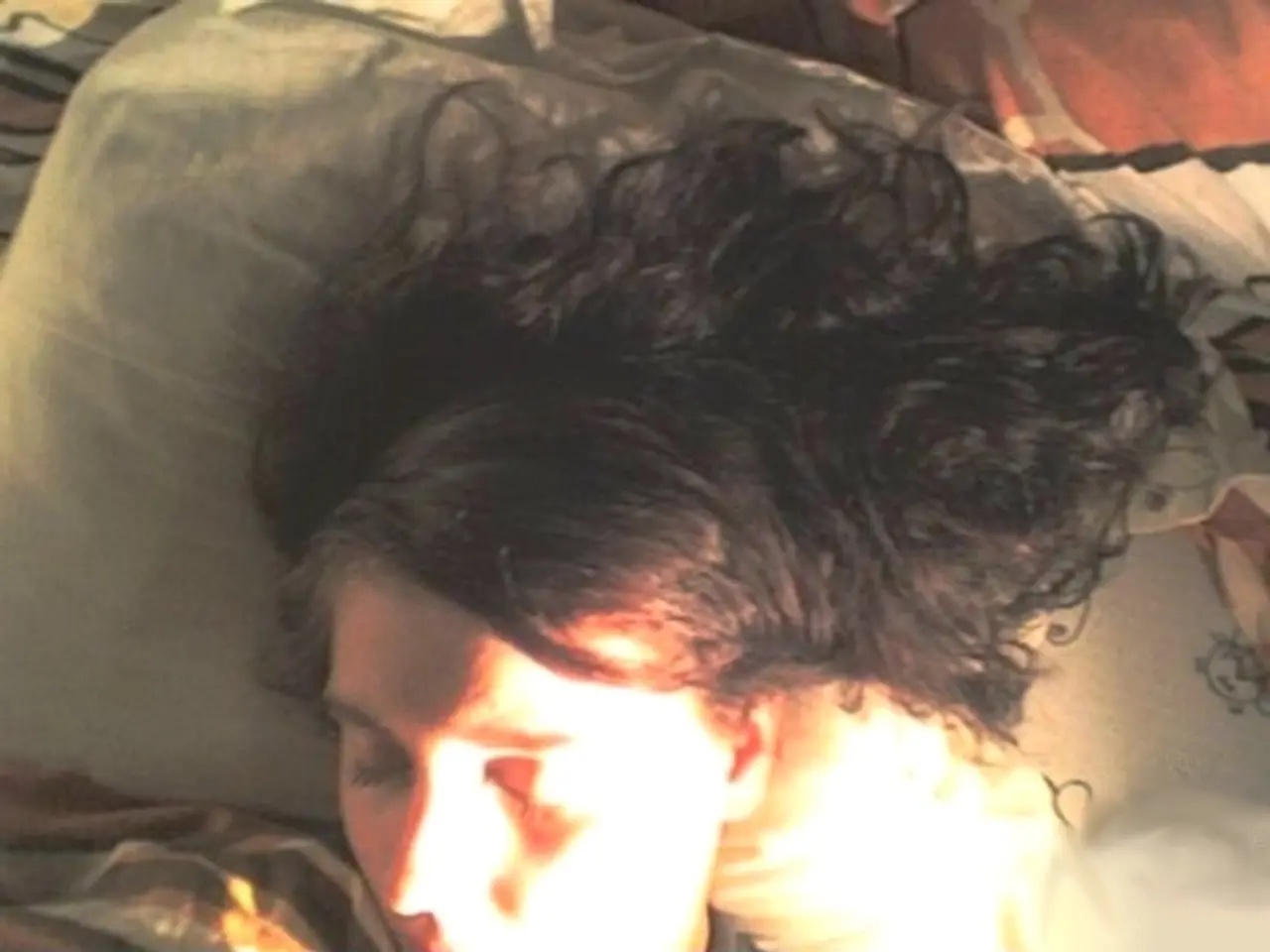Ancient Indian practice of blowing conch shells could offer a surprising treatment option for individuals suffering from sleep apnea.
In a groundbreaking study, researchers at India's Eternal Heart Care Centre and Research Institute have discovered that blowing a conch shell, a traditional yogic practice known as shankh blowing, could effectively reduce symptoms of moderate Obstructive Sleep Apnea (OSA) and improve sleep quality.
The six-month randomized controlled trial, which involved 30 adults aged 19 to 65, recently diagnosed with moderate OSA, found that individuals who practiced shankh blowing daily experienced significant improvements. These included a reduction in apnea events during REM sleep, improved oxygen levels during sleep, less daytime sleepiness, better subjective sleep quality, and increased alertness during the day.
The study, led by Dr. Krishna K. Sharma, divided participants into two groups. One group was trained to blow a traditional vamavarta conch shell at home for at least 15 minutes a day, five days a week. The other group served as a control, practicing deep breathing exercises instead.
The benefits of shankh blowing extended to both REM and non-REM sleep. Statistical analysis revealed a mean between-group difference of nearly five points on the sleepiness scale and more than five fewer breathing interruptions per hour for the conch group. The conch-blowing group also reported a 34% drop in daytime sleepiness and scored higher on measures of sleep quality.
The mechanism behind this improvement is thought to involve respiratory muscle training. The forceful, sustained exhalations through the conch shell create resistance and vibrations that strengthen upper airway muscles, reducing airway collapse during sleep. This could potentially offer a low-cost, simple, and more acceptable alternative to CPAP machines for some patients.
However, it's important to note that this evidence currently applies to moderate OSA and comes from a relatively small trial. CPAP remains the gold standard, especially for severe cases. Shankh blowing could be a viable complementary or alternative therapy for some patients, particularly those intolerant to CPAP.
Further larger-scale studies are needed to establish long-term efficacy and applicability across OSA severity levels. The findings of this study, published in the journal ERJ Open Research, suggest that the practice of shankh blowing, an ancient yogic practice, is worth further exploration as a potential therapy for OSA. The researchers also observed small but notable reductions in neck circumference among conch blowers, which could be a secondary benefit of this practice.
While promising, the study was limited to a single medical center, and experts stress the need for more research to confirm these findings. Nonetheless, the potential of shankh blowing as a non-invasive, low-cost alternative to CPAP machines for moderate OSA patients is an exciting development in the field of sleep medicine.
Read also:
- Digestive issues: Understanding causes, remedies, and further details about acid reflux and excessive burping
- Exploring Botox as a Treatment for Interstitial Cystitis: Insights, Adverse Effects, and Further Details
- Linking brain weakness and cognitive decline: An examination of the potential relationship
- Is it Possible that Stem Cells Improve Joint Durability and Mobility during Senior Years?





